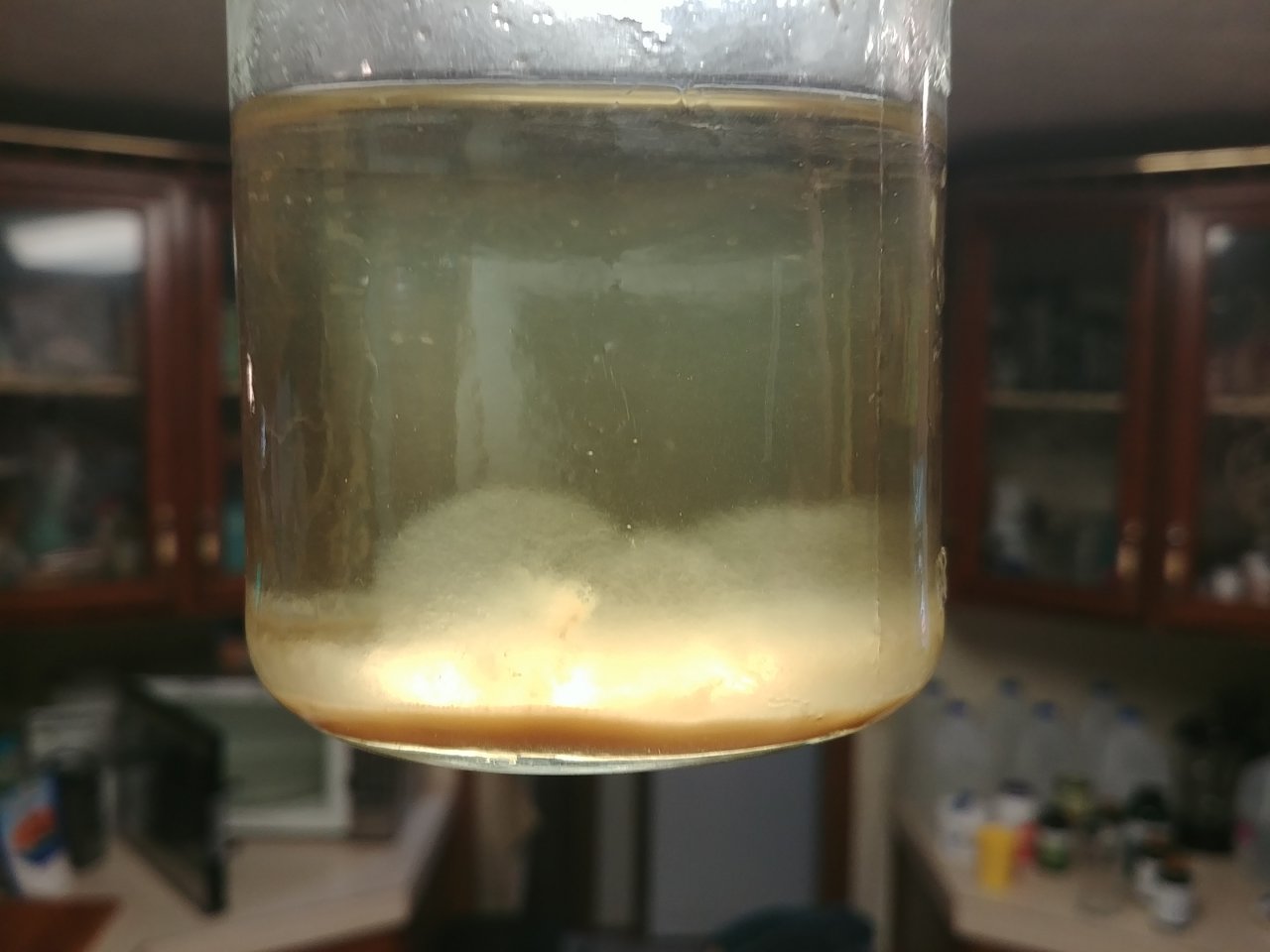Well, here are my thoughts, if you're interested...
I use wild microbes, Brett, and bacteria a lot. I don't segregate equipment.
1. Do not dry hop in muslin bags. Better yet, don't dry hop in a secondary.
2. Do not secondary unless you can get the volume of liquid fully into the neck of the receiving carboy.
3. Do not secondary in buckets, only use vessels with a reduced neck, like a carboy.
4. Better yet, don't secondary.
Definitely true. Using a secondary vessel increases oxygen exposure, and provides no benefit. The risk of contamination increases exponentially every time an additional piece of equipment contacts the wort/beer on the cold side.
However, keep in mind that often a contamination is only discovered by the presence of a pellicle. Pellicles only form in the presence of oxygen. Therefore if a beer is contaminated but not exposed to oxygen (secondary or dry hopping), no pellicle will form and the brewer may never realized the batch was contaminated. It's the presence of oxygen that gives the contamination away.
A lot more batches are contaminated than people realize.
6. If it is infected your better off trashing the fermenter if it's plastic
Have you ever used a plastic piece of brewing equipment? It's 100% guaranteed that the item had wild microbes on at some point before you used it. If we followed the advice to throw it away if it comes into contact with wild microbes, we would throw away all the plastic before ever using it.
Plastic can be cleaned and sanitized as well as any other brewing equipment. The only limitation is that you shouldn't use any abrasive material to scrub it.
Alkaline cleaning products commonly used for homebrewing (e.g. PBW) are effective at both removing and killing potential contaminants. The sanitizers we use are effective at killing any microbes on clean surfaces.
To avoid contamination, these products just need to be used properly and you need to use good sanitary technique when dealing with the wort/beer.
let it ride for a few months until the gravity is stable and try it. If it's not drinkable you're out nothing but you may have a happy accident!
Most contaminated beers don't have off-flavors. It's completely fine to package them as normal. If bottling, monitor carbonation, because there's a small chance of over-carbonation.
Even without wild microbes, beer sitting in the fermenter for months will oxidize, which is not great for flavor (although opinions vary on this). Also, most wild microbes do not produce desirable flavors in beer, especially with oxygen present.
Sour beers made with a good process and with the right mix of microbes are very delicious, but any random beer with random wild microbes likely won't taste very good.
7. Valves are like mules. They'll be your best friend for years until they get the right opportunity to kick you.
Disassemble
everything for proper cleaning, at least periodically.






